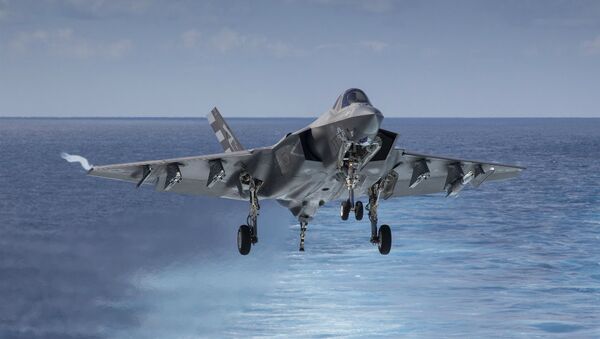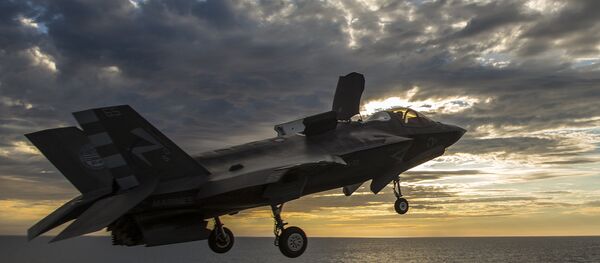"The Middle East deployment isn’t imminent, it’s planned for a few years out," Defense News reported citing Gen. Carlisle.
He added that small shipments of F-35 jets to Europe and the Asia-Pacific region may happen already this spring.
According to the general, the F-35 could significantly boost the capabilities of the US Air Force in Syria and Iraq.
The F-35 would be the second stealth fighter jet to fight Daesh. The F-22 has been involved in deployments to the Middle East for airstrikes against the terrorists and dynamic targeting. According to Gen. Carlisle, the F-35 is expected to have a similar role.
According to Defense News, the Russia and Syrian militaries have deployed their air-defense systems in Syria to protect important facilities.
"If you look at portions of Syria, it's a pretty dense surface-to-air threat inside that arena. We try to deconflict. We try to make sure that they know that they need to not, certainly, illuminate our aircraft, but those systems are operating in that environment. They’re not illuminating our aircraft with any type of target tracking radars or anything like that in large numbers or to any great extent that I know of. … But their radars are active," Gen. Carlisle said.
The defense contractor emphasized that US President Donald Trump’s involvement in the F-35 program speeded up the talks and enhanced focus on reducing the jet’s price.
The F-35 program has Navy, Air Force and Marine variants of the fifth generation aircraft. The program is the most expensive weapon system in the history of the Defense Department.




